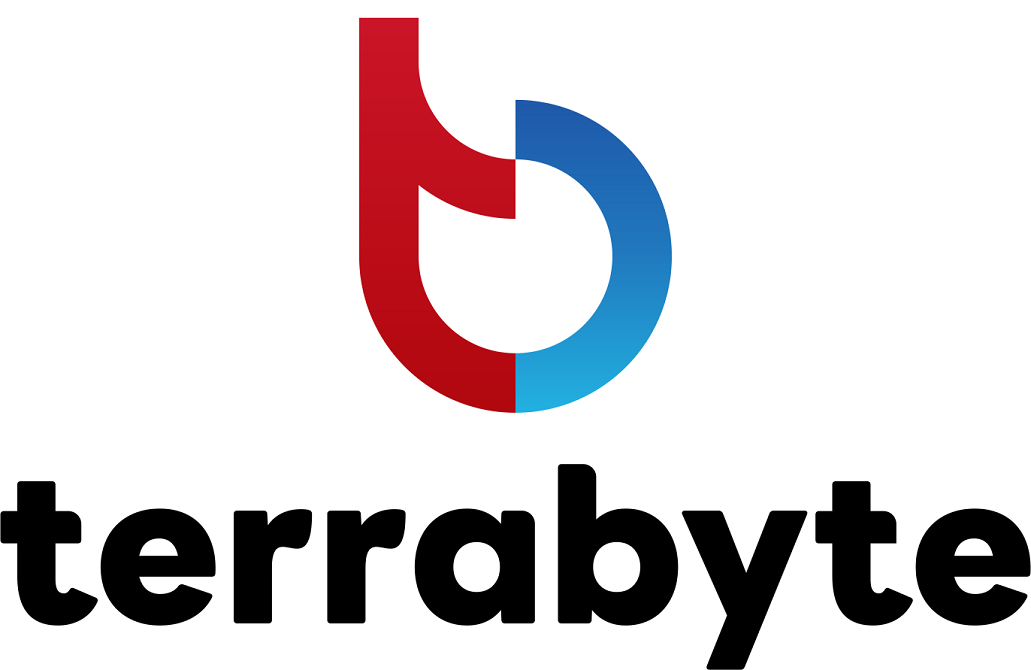In the digital age, one of the most prevalent and damaging types of cyber threats is the compromise of user credentials. Compromised credentials occur when attackers gain unauthorized access to usernames and passwords, allowing them to infiltrate systems, steal data, and cause significant harm to individuals and organizations. Understanding how credentials become compromised and implementing preventive measures is crucial for maintaining robust cybersecurity.
What Are Compromised Credentials?
Compromised credentials refer to the unauthorized acquisition of login details, such as usernames and passwords, by malicious actors. Once these credentials are obtained, attackers can use them to access sensitive information, execute fraudulent activities, and further penetrate an organization’s network.
How Credentials Become Compromised
Credentials can be compromised through various methods, including:
1. Phishing Attacks: Attackers use deceptive emails, messages, or websites to trick individuals into revealing their login information.
2. Data Breaches: Large-scale breaches of databases containing usernames and passwords can result in millions of credentials being exposed.
3. Keyloggers and Malware: Malicious software installed on a user’s device can capture keystrokes or access stored credentials.
4. Credential Stuffing: Attackers use automated tools to test large numbers of username and password combinations, often sourced from previous breaches, against multiple websites.
5. Social Engineering: Attackers manipulate individuals into divulging their credentials through psychological manipulation.
Real Case Study: The LinkedIn Breach
A significant example of compromised credentials is the LinkedIn data breach that occurred in 2012. In this breach, attackers accessed and leaked over 6.5 million hashed passwords. The breach was initially downplayed, but in 2016, it was revealed that the total number of compromised accounts was approximately 167 million. The attackers had exploited a vulnerability in LinkedIn’s security protocols to gain access to the database. This breach had widespread implications, as many users reused passwords across multiple sites, leading to further compromises.
How to Prevent Credential Compromise
Preventing the compromise of credentials involves a combination of technical measures and user education:
1. Strong Password Policies: Enforce the use of strong, unique passwords that are difficult to guess. Implement password managers to help users create and store complex passwords securely.
2. Multi-Factor Authentication (MFA): Require MFA for accessing sensitive accounts and systems. MFA adds an extra layer of security by requiring a second form of verification in addition to the password.
3. Regular Password Changes: Encourage users to change their passwords regularly to minimize the risk of long-term exposure.
4. User Education: Conduct regular training sessions to educate users about phishing, social engineering, and safe online practices.
5. Advanced Threat Detection: Implement advanced threat detection tools that can identify and alert on suspicious login activities.
6. Secure Storage of Credentials: Ensure that stored passwords are hashed and salted to protect them in case of a data breach.
Terrabyte: Your Solution to Protect Against Compromised Credentials
Terrabyte offers a comprehensive suite of cybersecurity services designed to protect your organization from the threat of compromised credentials. Our solutions include advanced threat detection, secure authentication methods, and user education to ensure that your credentials remain safe.
Terrabyte’s offerings include:
– AI-Driven Threat Detection: Real-time monitoring to identify and respond to suspicious activities related to credential use and compromise.
– Multi-Factor Authentication (MFA) Implementation: Deploying strong authentication methods to add an extra layer of security to your accounts.
– User Training Programs: Educating your team on the latest phishing techniques and best practices for maintaining credential security.
– Regular Security Audits: Conducting thorough security assessments to identify and mitigate vulnerabilities that could lead to credential compromise.
By partnering with Terrabyte, you can ensure that your organization’s credentials are protected against unauthorized access and potential breaches.
Conclusion
Compromised credentials pose a significant risk to both individuals and organizations. Understanding how these credentials become compromised and implementing robust preventive measures is essential for maintaining cybersecurity. Terrabyte stands ready to provide the necessary tools and expertise to safeguard your credentials and protect your digital assets.
For more information on how Terrabyte can help secure your organization, contact us now!





